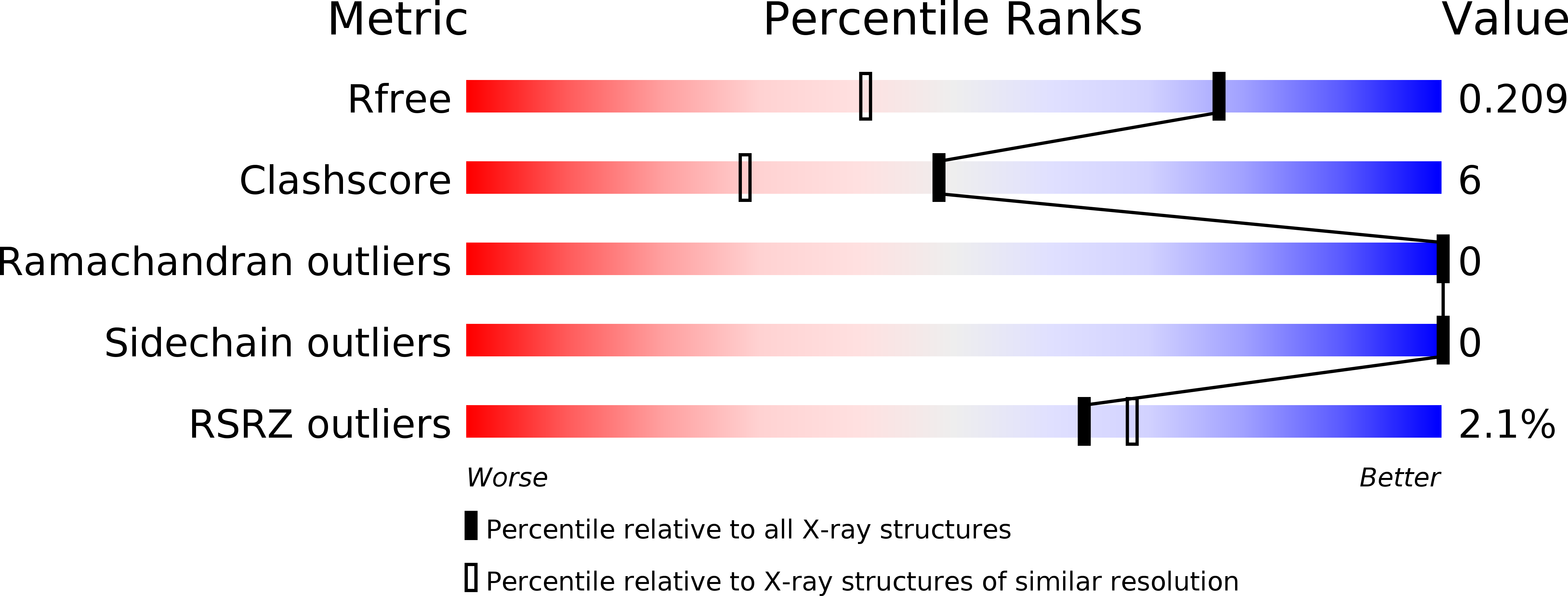
Deposition Date
2005-04-13
Release Date
2006-01-10
Last Version Date
2023-10-25
Entry Detail
PDB ID:
1X1T
Keywords:
Title:
Crystal Structure of D-3-Hydroxybutyrate Dehydrogenase from Pseudomonas fragi Complexed with NAD+
Biological Source:
Source Organism:
Pseudomonas fragi (Taxon ID: 296)
Host Organism:
Method Details:
Experimental Method:
Resolution:
1.52 Å
R-Value Free:
0.21
R-Value Work:
0.19
Space Group:
I 2 2 2


